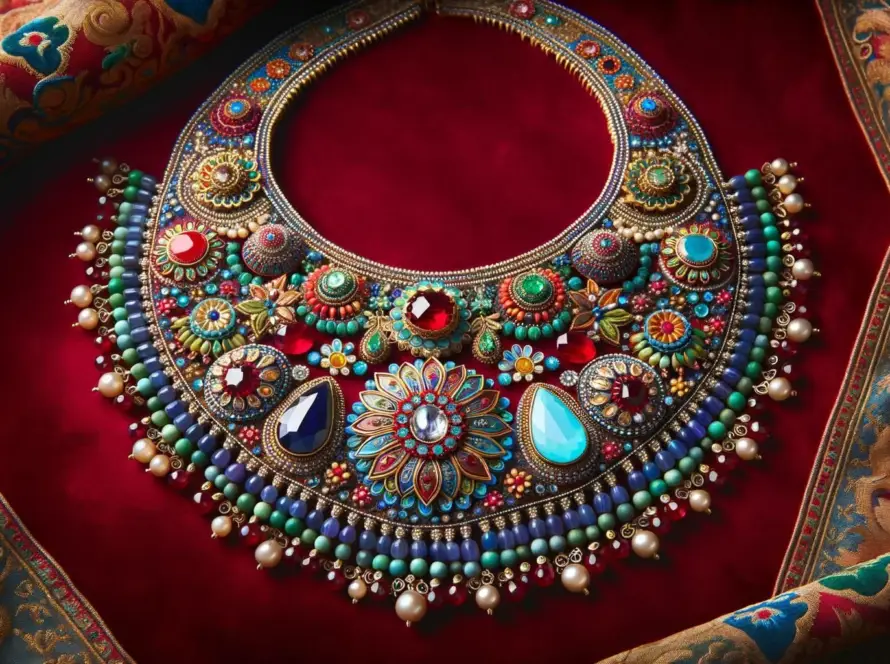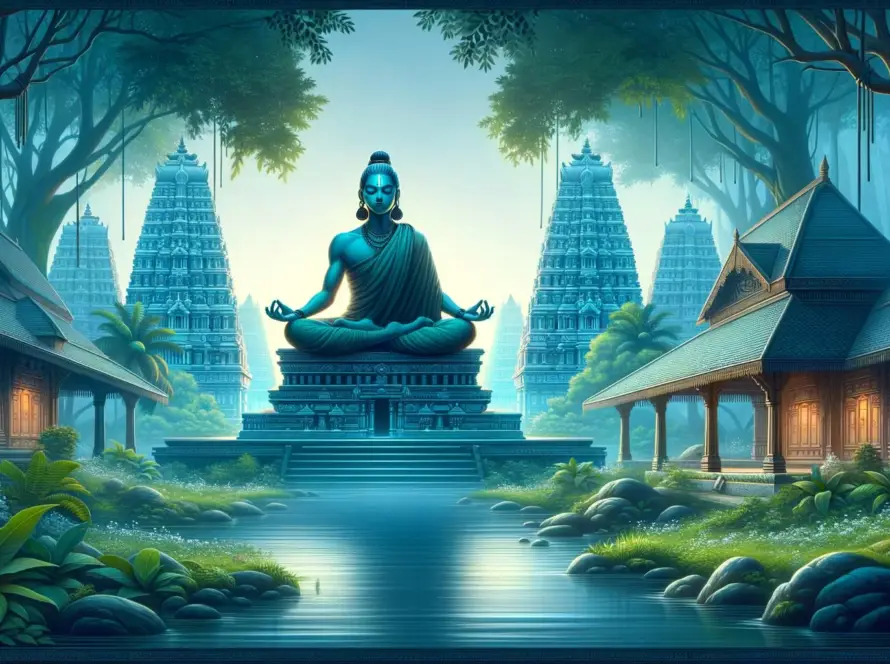Generated by Contentify AI
Indian henna art, also known as mehndi, is not just a form of body decoration, but a significant cultural tradition deeply rooted in the Indian subcontinent. The intricate and elaborate designs created with henna are not merely ornamental, but hold great symbolic and ceremonial value. The application of henna is considered auspicious in Indian tradition, especially during weddings and religious festivals. The intricate patterns often include symbols that are believed to bring good luck, joy, and prosperity to the wearer. It is a form of artistic expression that has been passed down through generations, with each design embodying the individuality and creativity of the artist.
The significance of Indian henna art goes beyond its aesthetic appeal. It serves as a form of storytelling, with each motif and pattern carrying its own cultural and symbolic meaning. The designs often incorporate elements inspired by nature, such as flowers, leaves, and peacocks, as well as traditional Indian symbols like the lotus and paisleys. Additionally, the application of henna is also believed to have cooling properties, making it a popular way to provide relief from the scorching heat in the Indian climate. The process of applying henna is considered a form of self-care and relaxation, with intricate designs being meticulously crafted on the skin, creating a sense of mindfulness and meditation for both the artist and the recipient.
In recent years, Indian henna art has gained recognition and popularity worldwide, captivating people with its rich cultural heritage and exquisite beauty. It has become a fashionable form of body art, with henna being adorned on various occasions such as weddings, festivals, and social gatherings. Many individuals, irrespective of their cultural background, are drawn to the allure of Indian henna art, appreciating the depth of tradition and meaning behind each design. As the art form continues to evolve and adapt to contemporary styles, it serves as a timeless emblem of Indian culture, preserving its significance and splendor for generations to come.
Explore more on our website
Discover a wide range of content on our site, including articles, products, and resources.
Key Takeaways
- Henna art has been a significant part of Indian culture for centuries, commonly applied during weddings, festivals, and other celebrations.
- The intricate designs of henna art symbolize joy, beauty, spiritual awakening, and offering, playing a central role in expressing cultural symbolism and heritage.
- In addition to its cultural and social significance, Indian henna art has gained popularity in Western countries as a form of temporary body art and self-expression.



